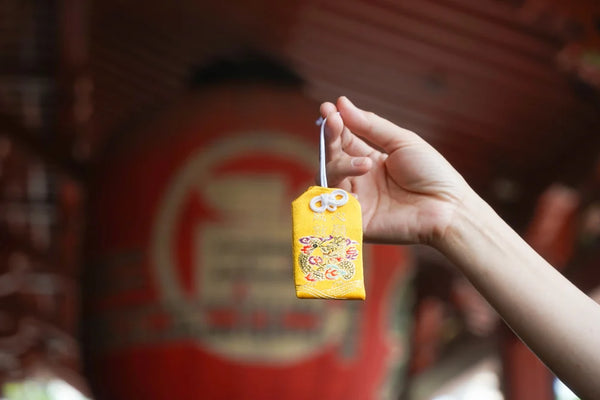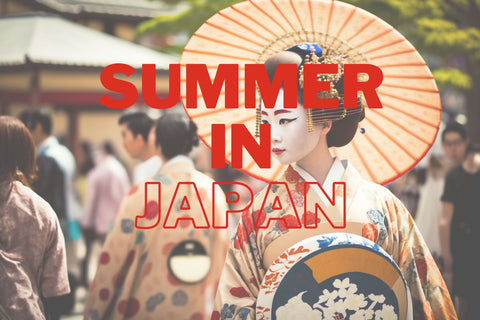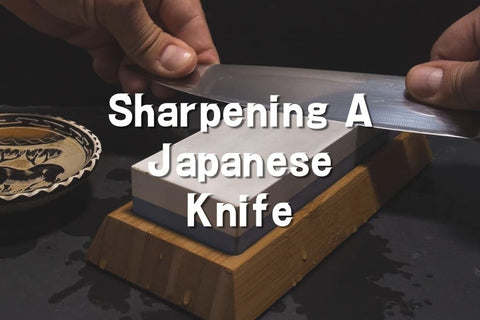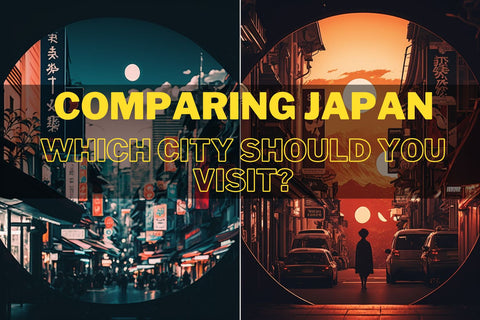
How We Celebrate New Years In Japan
New Years is celebrated everywhere in the world, but it is interesting to compare the differences between western New Year / Christmas, with the way we celebrate it here in Japan. In many western countries, Christmas is meant to be spent with family and is a treasured time with loved ones while New Years is about fun celebrations with friends.
In Japan, it is the opposite. New Years is one of the most important times of year here in Japan and I would love to tell you more about it, so read on!
Oshogatsu and Hatsumode
As a Japanese person, I love celebrating New Year's with my family and friends. One of the most important traditions during this time is oshogatsu, which refers to the first few days of the new year.

During this time, I often visit shrines and temples to pray for good fortune in the year to come. This is called hatsumode, and it is a very popular activity, especially among young people.
Welcoming in the New Year with Hope and Good Fortune
One of my favorite places to go for hatsumode is Meiji Shrine in Tokyo, which is visited by millions of people every year. At the shrine, I can purchase good luck charms called omamori and throw coins into a special offering box as a way to make a wish for the new year.

Osechi Ryori and Jubako
In addition to visiting temples and shrines, I also enjoy eating a special meal called osechi ryori during New Year's. This meal consists of a variety of small dishes that are traditionally eaten during the new year and are often served in special boxes called jubako.

Sending New Year's Cards (Nengajo)
Another tradition that I enjoy during New Year's is the practice of sending New Year's cards, or nengajo, to my friends and family. These cards are usually decorated with beautiful artwork and often include a message of good wishes for the new year.

Kagami Mochi
I have many fond memories of eating kagami mochi during New Year's celebrations. Kagami mochi is a decorative arrangement of two mochi cakes with a persimmon placed in between them, and it is often displayed in homes as a symbol of good luck and prosperity for the new year.

One of my most memorable experiences with kagami mochi was when I was visiting my grandparents in their hometown during the New Year's holiday. My grandfather had set up the kagami mochi on a special altar in the living room, and we all gathered around to admire it and make our New Year's wishes.
After a few days, it was time to eat the kagami mochi. My grandmother carefully cut the mochi into small pieces and served them to us with tea. The mochi was soft and sticky, with a slightly sweet taste. We all enjoyed the special treat and felt grateful for the good luck and prosperity that the kagami mochi represented.
Eating kagami mochi has always been one of my favorite traditions during New Year's in Japan, and I always look forward to sharing this special experience with my family and loved ones.
Kadomatsu
I have always loved seeing kadomatsu during the New Year's holiday. Kadomatsu is a traditional Japanese decoration made of pine branches, bamboo, and sometimes plum or orange branches, and it is often displayed in front of homes as a symbol of good luck and prosperity for the new year.

One of my most memorable experiences with kadomatsu was when I was walking through my neighborhood on New Year's Eve. Everywhere I looked, there were kadomatsu on either side of the entrances to homes, their pine branches and bamboo standing tall and strong. It was a beautiful sight, and it made me feel a sense of community and connection with my neighbors.
In addition to its aesthetic appeal, kadomatsu also has a deeper meaning for me. It represents the hope and renewal that comes with the start of a new year. Every time I see a kadomatsu, I am filled with a sense of optimism and determination to make the most of the year ahead.
Spending Time with Family
Finally, I always make sure to spend time with my family during New Year's. Many people in Japan return to their hometowns to be with their families and participate in various activities together, such as playing games or watching the annual New Year's Eve television program, which is a special event in Japan.
All in all, New Year's is a time of celebration and reflection in Japan, and I always look forward to welcoming in the new year with hope and good fortune.



